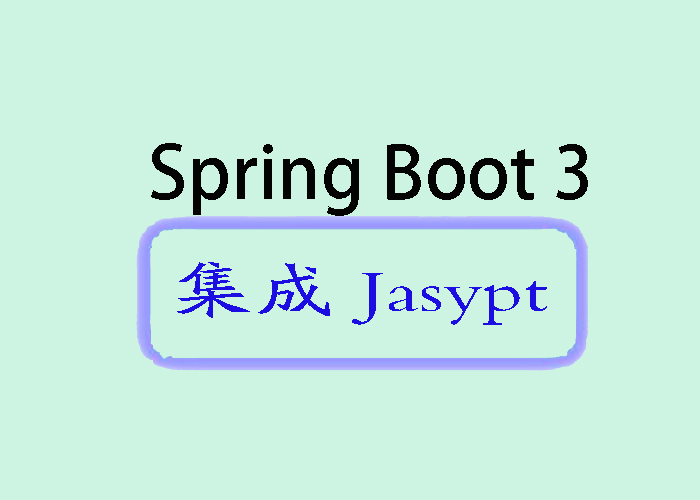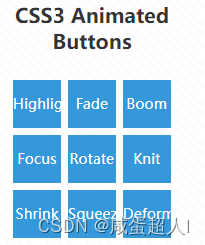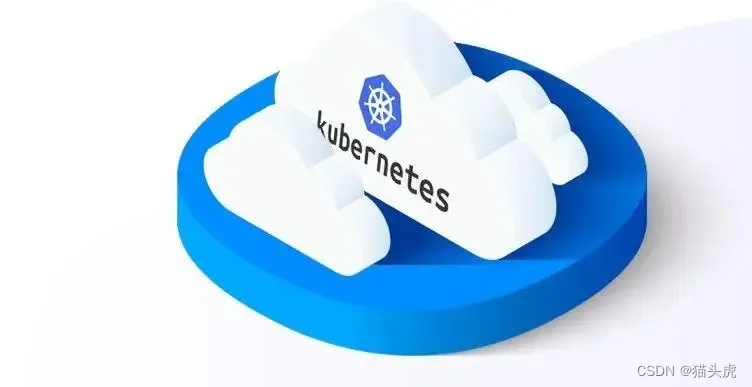商务英语笔记
Hi, Tim here with another 925English lesson!
In today’s lesson, we’re going to learn all about how to start a conversation.
Sometimes we call starting a conversation “breaking the ice”. You can think of the ice as that initial silence between people. It could be between strangers on a plane or coworkers in a lunch room.
And when we break the ice, we say something friendly to start a conversation. So how do you do that? What do you say? And what topics are best?
Well, in our first lesson, we had an example of a greeting between work colleagues who didn’t know each other. Can you remember how they got their conversation started after the greeting? How did they say?
Let’s have another lesson to that short dialogue, and you can listen for the conversation starter.
Amber: A pleasure, Shelly… quite the set-up in here isn’t it?
Shelly: Yes, they’ve really gone to town. I should get them to decorate my house.
Amber: Yeah, right! Good idea.
So, did you hear what the first person said? She said “quite the set-up in here, isn’t it?” And that shows us that asking a question is a great way to start a conversation, especially if you’ve just been introduced.
You can use simple and direct questions, or you can use a comment with a tag question.
Just a quick note on vocabulary here. The set-up of the room is the way it is organized and decorated. And “quite the…” means impressive. So Amber thinks the decoration of the room is very impressive.
And Shelly agrees, saying “they’ve really gone to town…” If we go to town with something, it means we make a big effort.
Alright, let’s have a little practice with some simple questions for starting a conversation. Listen carefully to each example, then repeat the example yourself. Ready? Let’s get started!
A: Can you believe how much snow we’re getting?
B: So where are you off to today?
C: You visiting family for the holiday or just getting away?
Okay, so those are examples of direct questions about things like weather or travel. These are pretty safe topics for starting a conversation, which is why you might hear people use them so often.
And you’ll also hear yes/no questions, like “Can you believe…?” and “wh-” questions, like “Where are you going today?”.
So, those are direct questions. Now, how about those “tag questions?” I talked about? First, what is a tag question? Well, to make a tag question, you make a comment, then add a little question at the end. For example, you might say “The airport is quite busy, isn’t it?” Or, you could say “You work in sales, don’t you?”
Let’s do a little practice with this kind of question. Remember, repeat each example after you hear it.
A: A beautiful day, isn’t it?
B: Splendid program, don’t you think?
C: You were in the afternoon workshop, weren’t you?
Now, there are a couple of tricks to tag questions. First, the tag question needs to match the comment. So with “a beautiful day” you need “isn’t it” because the day is the “it”. But with “You were in the morning workshop,” you don’t say “isn’t it.” Instead, we say “weren’t you”. The subject has to match, and the verb tense has to match.
And here is a second thing for tag questions: a positive statement is followed by a negative tag question, like “nice day, isn’t it?” - while a negative statement is followed by a positive tag question - like, “There isn’t much snow, is there?” Does that make sense?
Okay, so remember that little dialogue between colleagues that we heard at the start of the lesson? Let’s use that for a bit of practice.
We’ll repeat the dialogue, but this time we’ll beep out a couple of lines so you can add your own response. You’ll need to start with a tag question about the ‘set-up’ to get the conversation started, and you’ll have to respond to the other person’s comment. Let’s give it a go!
So that covers using questions to break the ice. We’ve practiced tag questions and some simple direct questions. But sometimes a question feels too direct, doesn’t it? It might even seem rude with someone we’ve never met before.
So there’s another way we can start a conversation, and that’s with a simple comment. This is useful for talking with strangers or someone you haven’t been introduced to.
What do I mean by making a simple comment? All you do is say something about the situation or place you’re in, and the other person can respond however they like.
Let’s give it a try. We’ll give you some good examples of ice-breaker comments. You can listen and repeat. Ready?
A: Looks like they’ve got quite the evening planned for us.
B: There sure are a lot of people here tonight.
C: Looks like it’s going to be a full flight.
D: Sure is quiet in here today.
Seems simple enough, doesn’t it? And maybe you noticed the expression “looks like,” which is very useful for introducing a comment.
And the word “sure,” which is useful for friendly emphasis. It means certainly, like “It certainly is a nice day.”
But how does this kind of conversation starter work in real life? Remember, a comment like this invites a response from the other person. Once they respond, you can continue on the same topic.
Let’s listen to a short dialogue to see how this can work. You’ll hear two travelers in an airport. One of them starts with a simple comment, just like we practiced. Then the other person responds. And the first person continues with some explanations of the situation.
Scott: Looks like it’s really starting to fill up.
Joe: Yeah, pretty busy.
Scott: I think everything’s kind of backed up. Something like a snowstorm in the Midwest, I heard.
So, did you hear how that worked? You just comment on something around you, let the other person respond, and keep talking. Then the conversation flows from there!
Now you can try this yourself. We’ll repeat the same dialogue, but we’ll beep out the first and last lines. It’s your job to break the ice with a comment, then continue talking after the other person responds. Ready to give it a go?
Okay, now we’ve looked at starting a conversation with strangers. But how about talking with your coworkers? Well, it’s not too different from talking with people you don’t know. You can use a question or a comment. And it’s best to pick an easy or general topic, like sports or the weather or news.
Let’s try a little practice. Listen to each example and repeat what you hear. Okay? Let’s begin!
A: Can you believe this rain we’ve been having?
B: Did you see the race last night?
C: Did you hear about the last earthquake in Japan?
D: The Euro sure seems to be in a bit of trouble.
E: So, what do you think about this new guy running finance?
Often, we ask these kinds of questions after you’ve already said hello to the other person. But what if you haven’t said hello or hi? Well, that’s when you can use a word like “so” or “hey” before your question, just as a way of introducing it.
Well, that pretty much wraps it up for today.
We’ve practiced starting a conversation with questions after a greeting, breaking the ice with comments, and starting conversations with coworkers.
Don’t forget to go back and practice these techniques again. And try using your own ideas in the examples.
We’ll be back soon with another 925English lesson. Until then, so long and happy learning!
总结
这篇笔记讲述了如何开始一场对话,特别是在工作场合中与同事进行交谈的方法。它提到了“打破沉默(breaking the ice)”的表达和技巧,例如通过直接提问或者使用带有疑问标记的评论来开始对话。还细致解释了何为“标记疑问句”(tag question)及其创建方式,举例说明当日常对话内容正面时应使用负面标记,反之亦然。此外,提供了一系列实用的对话范例和练习,旨在提升读者在社交场合中的交际能力,包括与同事的交流以及与陌生人的首次对话。该笔记强调通过练习和在真实对话中运用这些技巧来加强交际技能,并预告了将有更多的925English课程内容发布。



































